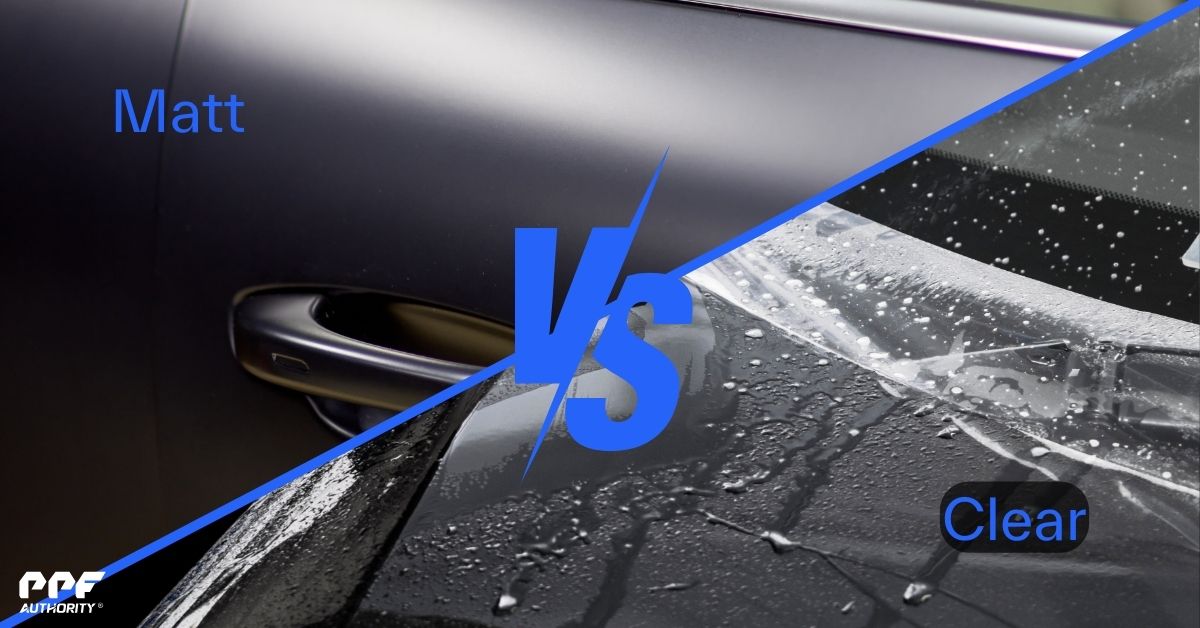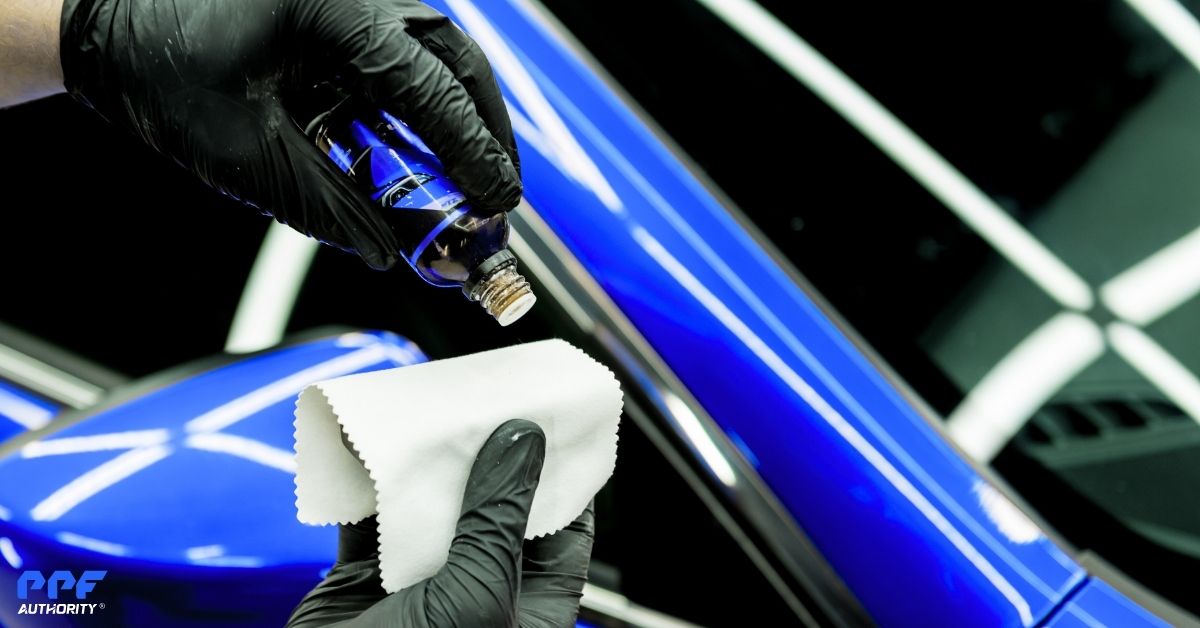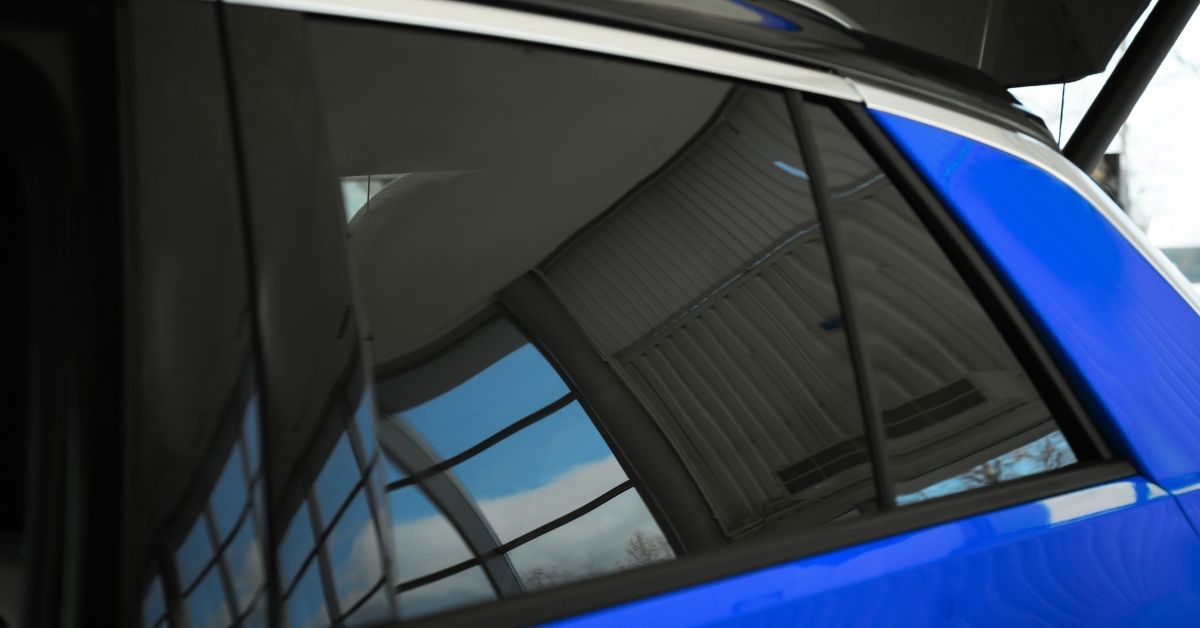The Balance Between Aesthetic Appeal and Functionality
When it comes to window tinting, choosing the right shade can be challenging. Some car owners prioritize aesthetics, aiming for a sleek and stylish look, while others focus on functionality, such as UV protection, heat rejection, or glare reduction. The good news is that window tint can offer both—if you make the right choice.
In this article, we’ll explore the balance between aesthetic appeal and functionality with window tint and provide tips for selecting the ideal shade to suit your needs.
The Aesthetic Side of Window Tint
Window tint can dramatically change the look of your car, giving it a sleek and polished appearance.
Benefits of Aesthetic Tinting
- Enhanced Style
Darker tints create a modern, sporty, or luxurious look that instantly upgrades your vehicle’s appearance. - Improved Uniformity
Tinted windows create a cohesive look by reducing contrasts between the glass and the car’s body. - Customization Options
Tint films are available in various shades and finishes, such as glossy, matte, or reflective, allowing you to personalize your car’s look.
How Aesthetic Choices Can Affect Functionality
While aesthetic tints are visually appealing, choosing a shade solely for its appearance may not provide the best protection or visibility. For instance, a limo tint with 5% Visible Light Transmission (VLT) looks bold but may compromise nighttime driving visibility or violate local tint laws.
The Functional Side of Window Tint
Window tint is more than just an aesthetic upgrade—it also offers significant functional benefits that improve comfort, safety, and performance.
Key Functional Benefits
- UV Protection
High-quality tints block up to 99% of harmful UV rays, protecting passengers from skin damage and preventing interior fading. - Heat Rejection
Advanced films like ceramic tint reduce heat buildup in the cabin, keeping your car cool and comfortable even on hot days. - Glare Reduction
Tint reduces glare from the sun, headlights, or reflective surfaces, improving visibility and reducing eye strain. - Privacy and Security
Darker tints make it harder for others to see inside your car, protecting valuables and enhancing personal privacy. - Safety
Tint adds a layer of protection by holding shattered glass together during accidents.
Balancing Functionality and Appearance
Function-focused tints prioritize performance features like UV blocking, heat rejection, or glare reduction. For instance, a 70% VLT ceramic tint might look nearly clear but still provide excellent UV and heat protection.
How to Choose the Right Shade of Window Tint
1. Consider Your Priorities
Start by deciding whether you prioritize aesthetics, functionality, or a mix of both.
- For Aesthetics: Choose a darker shade (5%–20% VLT) for a bold, dramatic look.
- For Functionality: Prioritize high-performance films like ceramic or carbon tint, which can offer significant heat and UV rejection even at higher VLT levels (50%–70%).
- For Balance: Many drivers choose mid-range tints (20%–35% VLT) that combine style with solid performance.
2. Understand VLT and Its Impact
Visible Light Transmission (VLT) refers to the percentage of visible light that passes through the tint film.
| VLT Percentage | Appearance | Best For |
| 5% (Limo Tint) | Extremely dark, allows minimal visibility. | Maximum privacy and bold aesthetics. |
| 15%–20% | Dark tint, good privacy. | Stylish look with some visibility. |
| 35% | Medium tint, balanced visibility and privacy. | Popular for front windows in many areas. |
| 50% | Light tint, offers minimal darkening. | UV and heat protection without darkening. |
| 70% | Very light, nearly clear. | Functional benefits with a subtle look. |
Pro Tip: Check your local tint laws before choosing a VLT percentage to ensure compliance with regulations.
3. Choose the Right Film Type
Different types of tint films offer varying levels of functionality and aesthetic appeal.
Ceramic Tint
- Functionality: Superior heat rejection, UV blocking, and glare reduction.
- Aesthetics: Available in lighter shades while maintaining excellent performance.
Carbon Tint
- Functionality: Good heat rejection and UV protection.
- Aesthetics: Non-reflective, matte finish that looks modern and stylish.
Dyed Tint
- Functionality: Basic glare and UV reduction at a low cost.
- Aesthetics: Provides a dark appearance but may fade over time.
Metallic Tint
- Functionality: Good heat rejection but may interfere with electronic signals.
- Aesthetics: Reflective finish that creates a bold, mirror-like look.
4. Think About Practical Considerations
- Nighttime Visibility
- Extremely dark tints can reduce visibility during nighttime driving, making it harder to see pedestrians, road signs, or other vehicles.
- Choose a higher VLT (35%–50%) for better visibility at night.
- Tint Laws
- Every state or country has specific regulations regarding VLT percentages for front, rear, and side windows.
- Non-compliance can lead to fines or being required to remove your tint.
- Vehicle Type
- The size, shape, and purpose of your vehicle may influence your choice of tint:
- Sedans may benefit from aesthetic-focused tints.
- SUVs or family vehicles may prioritize UV and heat protection for passengers.
- The size, shape, and purpose of your vehicle may influence your choice of tint:
5. Work with a Professional Installer
A professional installer can help you strike the perfect balance between aesthetics and functionality.
Benefits of Professional Installation
- Precision: Computer-cut tint ensures a flawless fit for your windows.
- Access to Premium Films: Professionals offer high-quality materials, like ceramic or carbon tints, that outperform cheaper DIY kits.
- Legal Compliance: Professionals ensure your tint meets local regulations.
Conclusion
Choosing the right window tint shade involves balancing aesthetic appeal with functional benefits like UV protection, heat rejection, and glare reduction. While darker tints may offer a bold, stylish look, lighter, high-performance films can deliver excellent protection without sacrificing visibility.
Start by determining your priorities, understanding VLT, and selecting the best film type for your needs. For the best results, trust a professional installer to help you achieve a flawless application that enhances both the appearance and performance of your vehicle. With the right tint, you’ll enjoy a safer, more comfortable, and more stylish ride.


